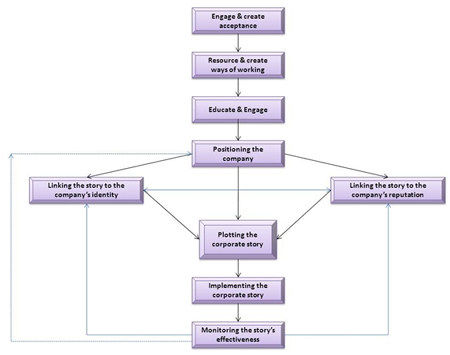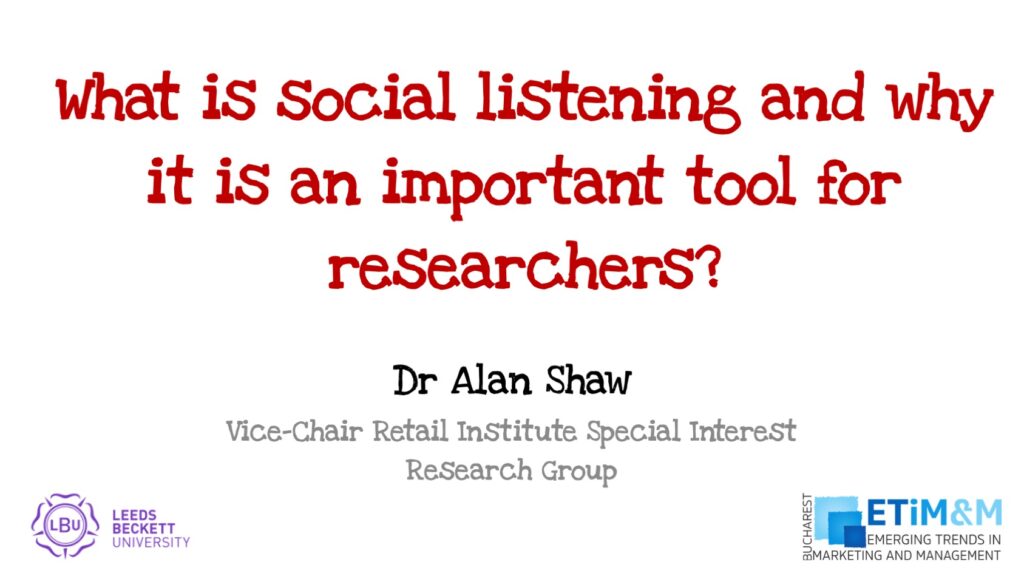This is the final article related to storytelling in the commercial environment (See article 1 and article 2). Previously we illustrated how stories could be used to promote corporate reputation or simply enhance the process of business communications. It is also worth noting that the greatest brands are all great stories, they are based on fundamental human truths around creativity, heroism, family, happiness and unity (Bedbury and Fenichell): they include Apple, Nike, Disney, McDonald’s and Coca-Cola. Clearly many other companies will have the opportunity to do the same.
There are however a number of issues related to the implementation of a storytelling process within an organisation. The biggest being that storytelling is a concept that is alien to most of the senior management team. So how do we get over this problem? My recommendation is to instigate a communications and education programme, paying particular attention on how other companies have successfully applied the model.
The next recommendation is to implement a robust process to manage the storytelling model. Figure 1 illustrates the steps involved. It is based on van Riel and Fombrun’s idea for creating a corporate story and has been adapted to include an engagement and education section.
Now, most large companies will have a communications department and a marketing department: such businesses will need to establish who should be the primary owner of the story telling process. They must also clarify the owner of the corporate brand. Before they do this they must first complete a competency audit of the individuals involved (it amazes me how many companies use individuals with no formal training to manage marketing and communications departments: they would never put in accountants without the appropriate qualifications!). The next thing you have to do is examine the individual’s workload. This should allow the business to decide who is best suited for the role: they should also consider external resources.
The main challenge is balancing the creative aspect with the technical knowledge for maximising the spread of the given story. In the long term storytelling should be used as another means to motivate, communicate and engage stakeholders, which means it must become a tool for all employees to use.
A word of warning, success will only be achieve if the appropriate funding is made available. This means that new budgets need setting, care should be taken around cannibalising current funds: this can, if handle badly, create animosity amongst the team.
Like all change programmes an element of PR will be required. The core costs will be based on:
- Education – an external agency will be required.
- Development and creation – using the steps highlighted in figure 1 to produce a concept. Again it is likely that an external agency will be needed.
- Implementation – distribute the message through the chosen mediums.
- Monitor and review – confirming the effectiveness of the message.
The monitor and review procedure will be the hardest aspect to manage. A storytelling process is essentially an intangible. The business will need to introduce a system to test the message before distribution then again after a given period. There are already a number of systems to manage the marketing and communications workflows. Corporate story telling will not require anything new, it can utilise and adapt what is already in place to maximise its effectiveness.
Conclusion.
Cordiner had said that the art of storytelling is under threat because we now live in a world where there is information overload. I would argue that with every threat there is an opportunity: there are now more channels to spread the message or be more specific with its targeting.
It is clear that most of our understanding of the world is derived from the stories we hear or read (Hopkinson and Hogarth – Scott). Stories help individuals remember things that are important (Sims) but more significantly:
“We dream in narrative, daydream in narrative, remember, anticipate, hope, despair, believe doubt, plan, revise, criticise, construct, gossip, learn, hate and love by narrative.” (Hardy)
There can be no doubt that corporate storytelling will be become an important tool for many organisations to relay their message and differentiate themselves from their competitors.
See also:
1. Using Storytelling to Build Reputation.
2. The potential for companies to story tell.
Credits:
The lead picture is of the work by thanunkorn:
http://www.freedigitalphotos.net/images/view_photog.php?photogid=2352
Alan Shaw
Latest posts by Alan Shaw (see all)
- What is social listening and why it is an important tool for researchers? - July 31, 2021
- COVID-19 and Remote Learning: Experiences of parents supporting children with SEND during the pandemic. - June 30, 2021
- Using Netnography To Evaluate The Launch And Collapse Of The European Super League - April 21, 2021
- Developing Semi-Structured Interview Questions: An Inductive Approach. - April 9, 2020
- Developing Semi-Structured Interview Questions: A Deductive Approach - April 9, 2020
















